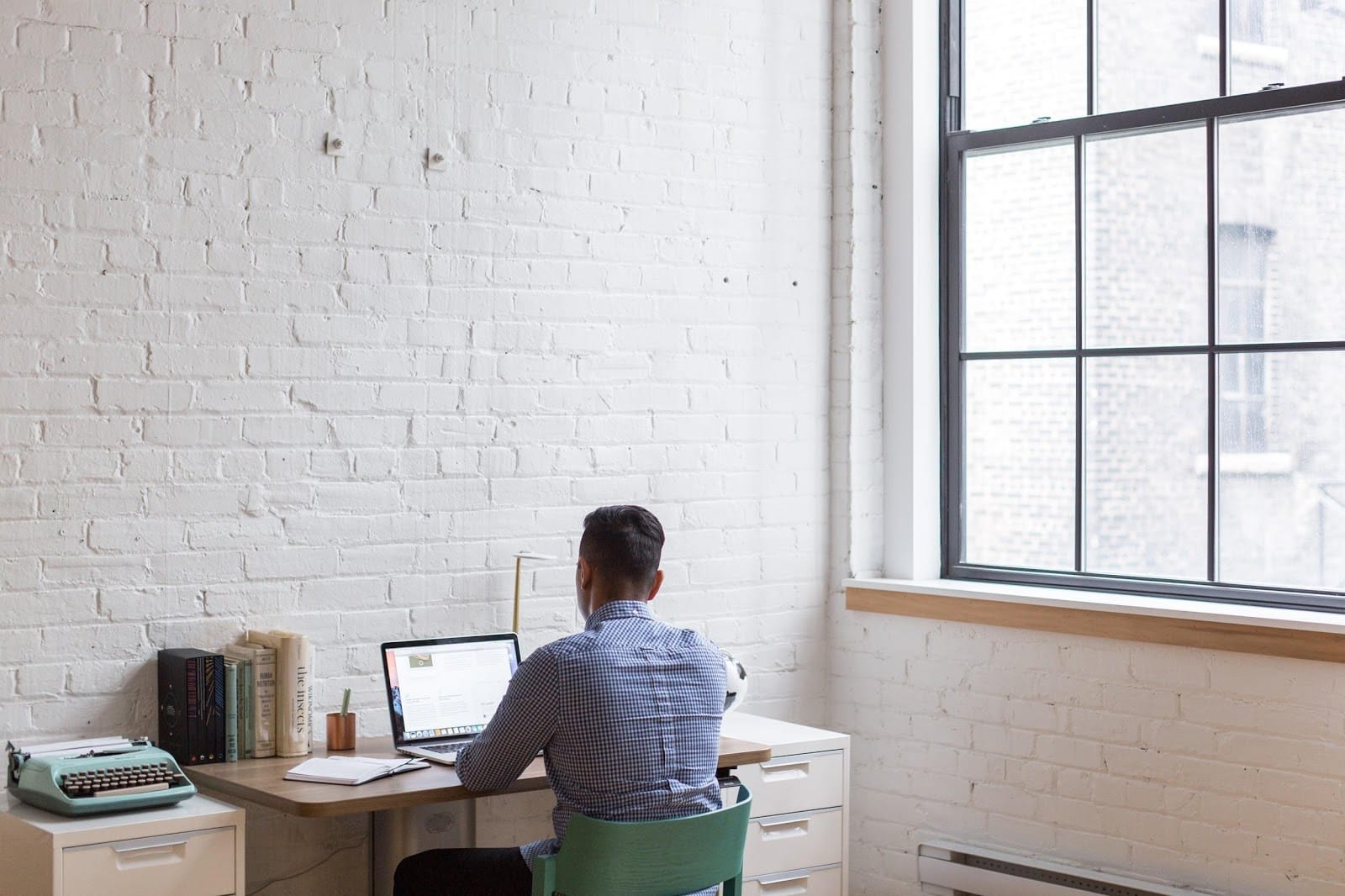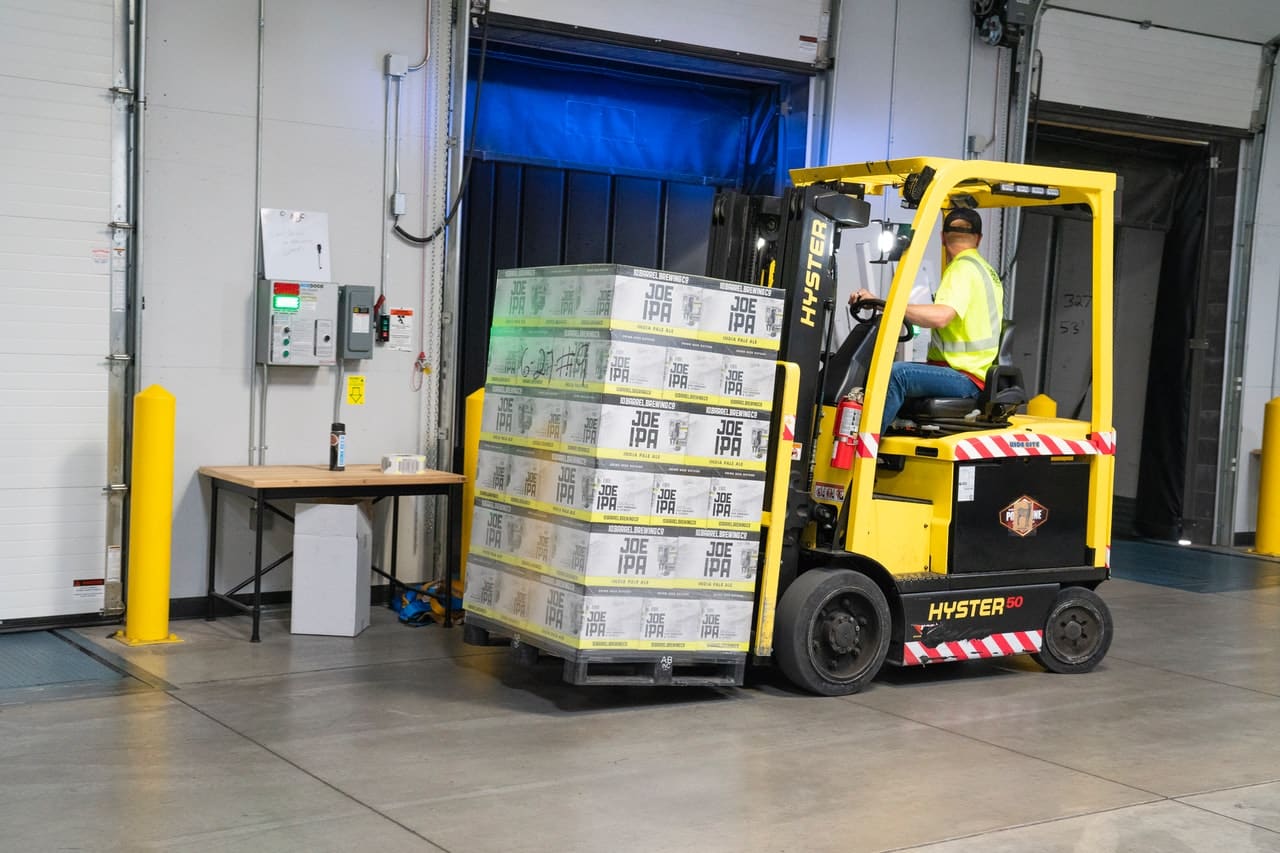
7 Tips to Create a Green and Sustainable Home Office
By working from home, and not commuting on a daily basis, you are already helping lessen the environmental footprint your company is making. However, we can all do more to help the planet.
While some people believe having an eco-friendly home office requires a huge budget, it is simply not true. Keep on reading for seven simple tips on how you can create a green and sustainable work environment at home.
1. Make The Most of Natural Light
If you have the opportunity to choose the room where you will put your office, opt for space with plenty of natural light. This move will allow you to reduce your energy usage, thus saving you money on electricity. In case you are not blessed with huge amounts of it, use light colors and strategically place mirrors around the room to boost the light you do get. Plus, natural light has many health benefits, from boosting your immunity to improving your mood. On the other hand, if your home office is located in the basement or some other part of the house that gets no natural light, get LED bulbs to mimic sunlight.
2. Opt for Sustainable Materials
Are you completely renovating a space and turning it into your home office? If that’s the case, you need to pay attention to the materials you are using. Of course, you want to make use of natural products.
The good news is, nowadays, there are so many eco-friendly options available. Talk to your contractors and see which renewable and sustainable materials they usually work with, such as cork, bamboo, or reclaimed wood. If nothing else, at least ensure the materials are locally sourced.
What is more, when looking for furniture and storage pieces, you can find some amazing previously-owned ones. Sure, you might want a brand new ergonomic chair to sit on, but your filing cabinet(s) and desk can be second-hand.
3. Look for VOC-free Paints
When creating an office, you might also want to repaint the walls to match your vision for your home office space. Regardless of whether you’re consulting the color psychology principle or simply know what works for you, you should stick to low- or zero-VOC paints. These types of paints release less or no volatile compounds harmful to our health and the environment.
4. Be Energy-efficient
In terms of equipping the office, you need to look for gear that will not use a lot of energy. Depending on what you do, and the items you use, look for the most energy-efficient devices. For instance, a laptop is more practical and efficient than a desktop PC. So, decide whether it is enough for the line of work you are in.
However, how you use the devices is also important. Turn off all the equipment you are not using, from your computer to the printer. You can even take it one step further and unplug the things you don’t use that often as they can drain energy even when turned off.
5. Implement Sustainable Printing Techniques
If you work with a lot of documents, chances are you cannot completely cut printing out of your operations. In that case, you need to implement sustainable printing practices. For one, before you even start printing, ask yourself if the page you are about to print is really necessary. If the answer is yes, then use recycled paper and print on both sides of the page. Moreover, your choice of printer, ink, and toner is also important so look for environmentally-friendly options such as refillable printer cartridges.
6. Reuse, Reduce, Recycle
You are probably aware of the “big Rs” when it comes to eco-friendliness. We talked about reusing earlier in terms of materials and furniture, but you can also apply this approach to your supplies. From file folders and binders to pens and rubber bands, don’t throw away items you can use again.
In terms of reducing, you need to keep an eye on your supplies and not buy new items you don’t need. Not only will you be wasting money and cluttering up the space, but you might not even use these pieces and end up throwing them away.
Finally, recycle all items you have no use for, meaning you should properly dispose of waste like paper and printer toners as well as donate or sell furniture you no longer need.
7. Work with Eco-friendly Vendors
Finally, for a company to be eco-friendly, it also has to choose its partners wisely. How eco-friendly are you actually if your vendors don’t care about the planet whatsoever?
Therefore, when looking for business associates, do some research and see whether you have common goals. If you notice they are not doing much, or anything at all, to help our environment, try influencing them to change their practices. If that doesn’t work, simply move on to someone eco-friendly.
From using renewable materials to looking for like-minded businesses, there are a lot of ways you can reduce your environmental impact on the planet. These seven are just some of the basics you can implement to make your home office more sustainable and green.



Post a comment